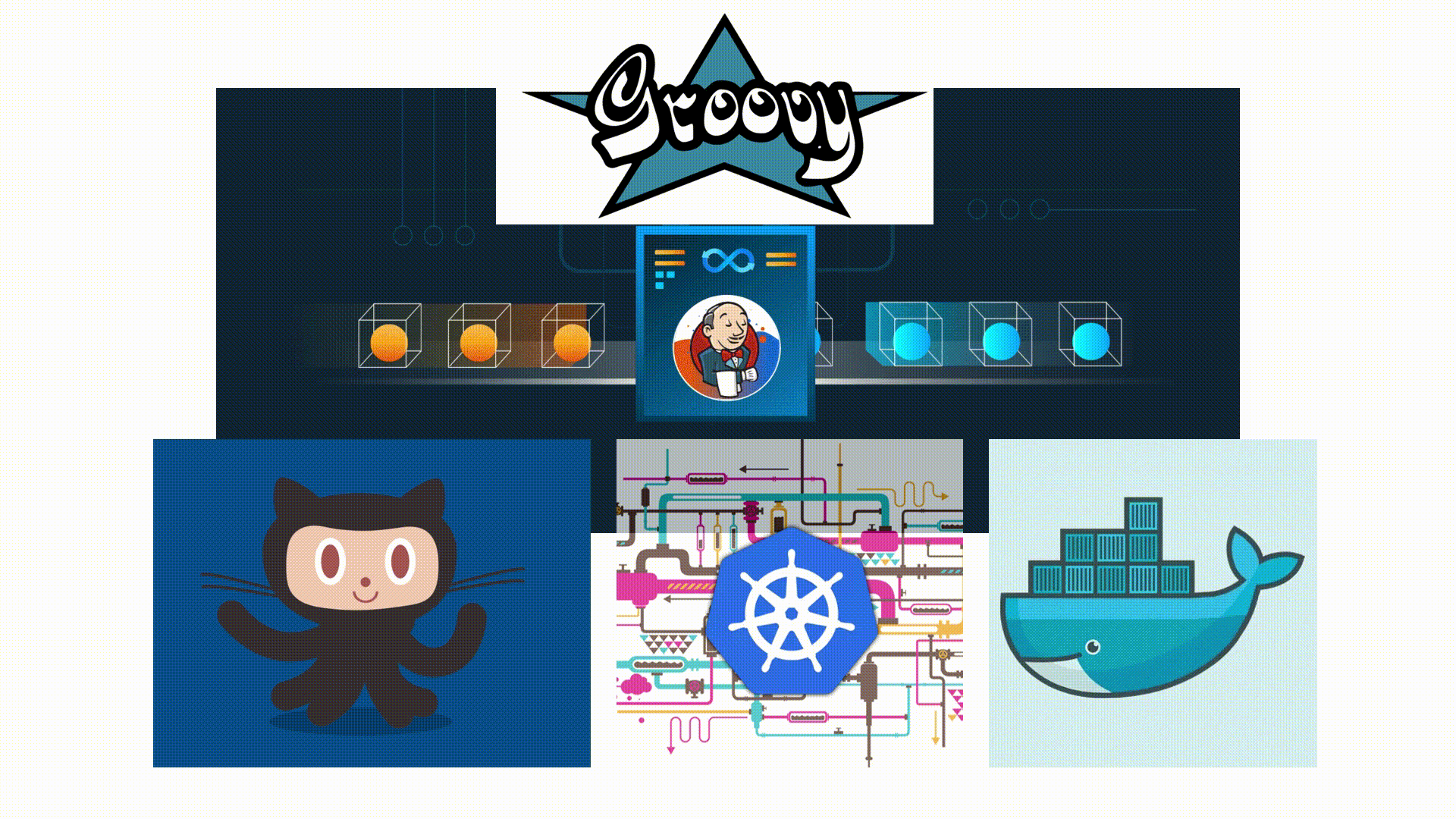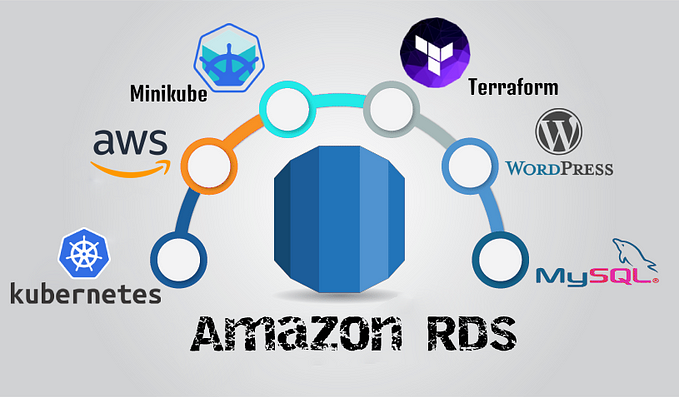AWS : Discovery Communications Case Study

Discovery, Inc. (formerly Discovery Communications) is an American multinational mass media company based in New York City. Established in 1985, the company primarily operates a group of factual and lifestyle television brands, such as the namesake Discovery Channel, Animal Planet, Science Channel, and TLC. In 2018, the company acquired Scripps Networks Interactive, adding networks such as Food Network, HGTV, and Travel Channel to its portfolio. Since the purchase, Discovery has described itself as serving members of “passionate” audiences.
Discovery also owns or has interests in local versions of its channel brands in international markets, in addition to its other major regional operations such as Eurosport (a pan-European group of sports channels), GolfTV (an international golf-focused streaming service, which is the international digital rightsholder of the PGA Tour), Discovery Communications Nordic (which operates general-interest channels in Norway, Sweden, Denmark and Finland), TVN Group in Poland, and a portfolio of various free-to-air channels in Germany, Italy, and the United Kingdom.
Discovery Communications (Nasdaq: DISCA, DISCB, DISCK) is a leader in nonfiction media, reaching more than 1.8 billion cumulative subscribers in 218 countries and territories. Discovery is dedicated to satisfying curiosity through 155 worldwide television networks, led by Discovery Channel, TLC, Animal Planet, Science and Investigation Discovery, as well as US joint venture networks OWN: Oprah Winfrey Network, The Hub and 3net, the first 24-hour 3D network. Discovery also is a leading provider of educational products and services to schools and owns and operates a diversified portfolio of digital media services, including Revision3.
The Challenge
Discovery needed to upgrade its website infrastructure, but wanted to avoid a costly upfront one-time expense for updating their hardware. Upgrading would have taken considerable time to accomplish for a three-person team from Discovery Communications, between acquiring the hardware, configuring it, and migrating data to the new system. Discovery also had multiple delivery engines powering their websites, and wanted to consolidate to make their infrastructure easier to manage. Furthermore, the company needed a solution that would allow them the flexibility to pay for only what they used, and the ability to scale quickly to meet demand.
Why Amazon Web Services
Discovery assessed multiple cloud solutions, but none offered the flexibility and pricing of Amazon Web Services (AWS).
“AWS was the most mature offering available,” says Igor Brezac, Chief Systems Architect, Digital Media. “The pricing was excellent. We were also attracted by the ability to get new instances up and running at a moment’s notice.” Discovery is now running all of its services on AWS for its US-based digital properties.
Discovery Communications is running about 150 instances of Amazon Elastic Compute Cloud (Amazon EC2), all of which use Amazon Elastic Block Service (Amazon EBS) storage. Discovery uses Amazon Machine Images (AMI) that are built with a custom version of Ubuntu. Elastic Load Balancing (Amazon ELB) handles load balancing both externally and internally for Discovery, inside the Amazon Virtual Private Cloud (Amazon VPC). The company uses Amazon Simple Storage Service (Amazon S3) to store static content and host a few websites. Discovery also uses Amazon Route 53 in combination with Amazon ELB for its domain name service. Discovery’s static assets are delivered globally by Amazon CloudFront’s distributed edge servers. In addition, Discovery also uses Amazon CloudFront’s dynamic content acceleration feature for services like image resizing service and the new Discovery website.
“Having a content delivery network (CDN) that delivers both static and dynamic content, including API acceleration, was important to us,” Brezac says.
The use of Multiple Availability Zones (Multi-AZ) has also played a role in Discovery’s success. “This is where Amazon ELB is vital to us,” Brezac continues. “If one Availability Zone is unavailable, Amazon ELB will send the traffic to the other data center. Amazon Multi-AZ is key to the entire deployment. Without that, we wouldn’t have the peace of mind that we do.”
Discovery Communications Architecture on AWS

The Benefits
Discovery began implementing AWS in January 2012, and completed site migration in June 2013.

“Without AWS, it would be harder to focus on business initiatives without having to manage hardware and infrastructure,” Brezac said. In addition, the Digital Media division has evolved from administrators to system engineers, growing their skills and providing more benefit to the company.
Discovery Communications particularly values the horizontal scaling that AWS makes possible. “We’re able to scale to each part of the stack horizontally,” says Eric Connell, Senior Systems Engineer. “So if we’re running out of capacity in any piece of the stack, that piece of the stack automatically scales up to increase capacity.”
“Without using the AWS API and services, we wouldn’t be able to provide our staff with the tools we do,” concludes Shawn Stratton, Senior Systems Engineer/Architect. “Our entire continuous delivery system and our development platform are built around using the AWS API.”
Discovery uses CDNs for static, dynamic and API delivery. “Amazon CloudFront was able to offer us the scalability and low latency we expect from a CDN with cost savings of 20–25 percent and better manageability,” Brezac says. “Amazon CloudFront APIs and tight integration with other services like Amazon S3, Elastic Load Balancing, and Amazon Route 53 have helped us easily get started and manage our content delivery.










